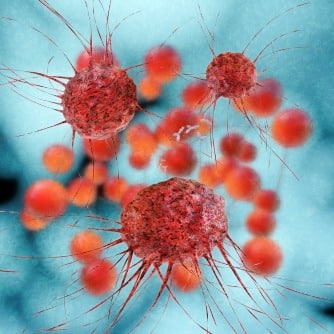Scientists from the University of Minnesota (Minnesota, USA), has identified a master regulator of key cancer gene. Anindya Bagchi and colleagues have discovered how MYC, a gene linked to cancer, interacts with a non-coding RNA, to fuel cancer growth. The team focused on a region of the genome, 8q24, which contains the MYC gene and is commonly expressed in cancer. The team separated MYC from the neighboring region containing the non-coding RNA PVT1. Using a specialized gene manipulation technique called chromosome engineering, researchers developed genetically engineered mouse strains in three separate iterations: MYC only, the rest of the region containing PVT1 but without MYC and the pairing of MYC with the regional genes. The researchers found that tumor growth occurred only on the paired line, not solely on the MYC line (as would be expected were MYC the sole driver of the cancer). The team then closely examined several breast and colorectal cancers which are driven by MYC. For example, in colorectal cancer lab models, where a mutation in the beta-catenin gene drives MYC to cancerous levels, eliminating PVT1 from these cells made the tumors nearly disappear. The study authors posit that: “the dependence of high MYC protein levels on PVT1 long non-coding RNA provides a much needed therapeutic target.”
Mechanism of Cancer-Contributing Gene Revealed
Yuen-Yi Tseng, Branden S. Moriarity, Wuming Gong, Ryutaro Akiyama, Ashutosh Tiwari, Anindya Bagchi, et al. “PVT1 dependence in cancer with MYC copy-number increase.” Nature, 22 June 2014.
RELATED ARTICLES




